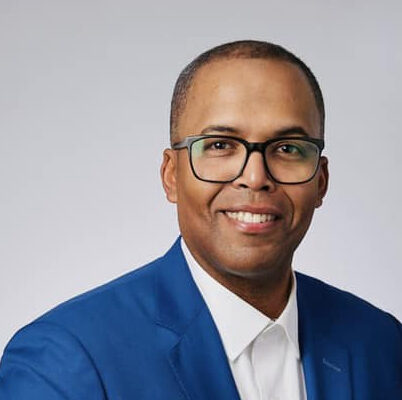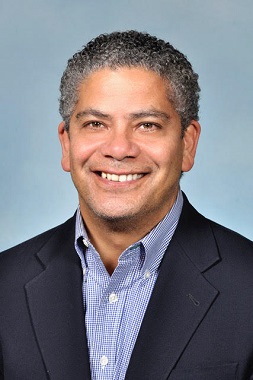The Critical Steps That Enable A Smooth Executive Search
09/26/23
Hiring the right talent for your organization can be a challenging and time-consuming task, especially in a competitive and dynamic market. That’s why you need a seasoned executive recruiter who can help you find and attract the best diverse candidates for your organization. Your recruiter can’t do it alone… Organizations have a crucial role to play in making the hiring process faster and more effective.
Here are some ways your organization can help:
Here are some ways your organization can help:
– Communicate your needs and expectations clearly. The first step to a successful hiring process is to have a clear and detailed job description that outlines the responsibilities, requirements, and benefits of the position. This is something that Diversity Recruiters™ can help you complete. You should communicate your hiring goals, timeline, and budget to your assigned executive recruiter, so they can align their strategy and actions accordingly. Be honest and realistic about what you are looking for and what you can offer to the candidates.
– Provide timely and constructive feedback. Your recruiter will send you a shortlist of qualified candidates that match your criteria. You should review their resumes and profiles as soon as possible and provide your feedback to your recruiter. Let them know which candidates you are interested in, which ones you want to reject, and why. This will help your recruiter refine their search and focus on the most promising candidates. It will also show respect and appreciation to the candidates and keep them engaged in the process.
– Be flexible and open-minded. Sometimes, you may not find the perfect candidate that meets all your expectations. Instead of holding out for a unicorn, you should be willing to compromise and consider candidates who have the potential to grow and learn on the job. You should also be open to candidates from different backgrounds, perspectives, and experiences, who can bring diversity and innovation to your organization. Don’t let your biases or assumptions limit your hiring options. Again, our expertise is specifically aligned in helping our clients in this area.
– Offer competitive and fair compensation. One of the main reasons why candidates reject or accept a job offer is the salary and benefits package. If you want to attract and retain the best talent, you need to offer them a competitive and fair compensation that reflects their skills, experience, and value. You should also be transparent and consistent about your compensation policy and process, and avoid lowballing or negotiating too hard with the candidates. This will help you build trust and rapport with the candidates and make them more likely to accept your offer.
– Streamline your interview and decision process. The interview and decision process is the most critical and time-consuming part of the hiring process. You should aim to make it as efficient and effective as possible, by following these tips:
(1) Plan and prepare your interview questions and format in advance, and make sure they are relevant, consistent, and unbiased.
(2) Involve only the necessary stakeholders and decision-makers in the interview process, and avoid having too many rounds or panels of interviews.
(3) Schedule and conduct the interviews as soon as possible, and avoid rescheduling or canceling them at the last minute.
(4) Make your hiring decision quickly, and communicate it to the candidates and the recruiter promptly.
(5) Provide constructive and respectful feedback to the candidates who were not selected, and thank them for their time and interest.
By following these tips, you can help your recruiter hire faster and better, and secure the best talent for your organization. Remember, your recruiter is your partner in the hiring process, and you need to work together to achieve your hiring goals.
GET IN TOUCH
- 877-998-9092
- nicole@diversityrecruiters.com
or send us a message
email us and we will happily respond


